Establishing a typical ginseng brand of the Northwest region
Lai Chau ginseng grows naturally, also known as black ginseng or red ginseng, is an indigenous plant with a narrow distribution area in high mountainous areas such as Muong Te, Sin Ho and Tam Duong.
Used by indigenous people as medicine for a long time, but it was not until 2013 that this precious ginseng species was officially recognized and put into research. Recognizing the economic , medical and ecological value of endemic medicinal plants, Lai Chau province has proactively invested in the conservation and development of Lai Chau ginseng in a systematic way.
In the period 2013-2020, the province focused on preserving genetic resources and establishing experimental growing areas. From 2020-2025, Lai Chau ginseng began to be commercialized with the participation of businesses, scientists and the community.
In 2023, the Prime Minister approved the Vietnam Ginseng Development Program to 2030, with a vision to 2045. In the same year, Lai Chau Provincial Party Committee issued a separate resolution on developing Lai Chau ginseng, demonstrating its determination to establish a ginseng brand typical of the Northwest region.
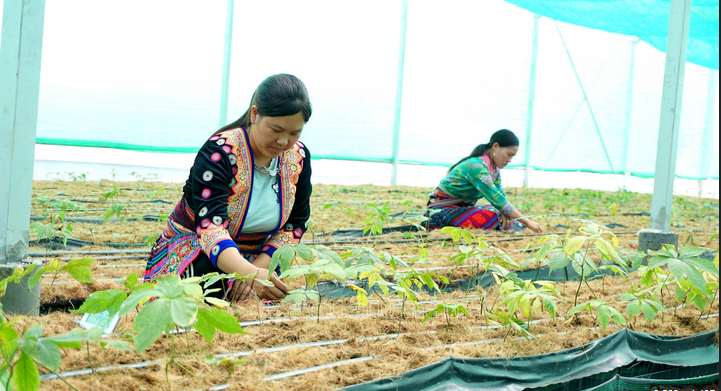
Lai Chau ginseng was discovered, researched and recognized as a precious medicinal herb.
Large-scale development goals, associated with ginseng processing
According to the orientation, the province aims to plant 3,000 hectares of Lai Chau ginseng by 2030, with an output of about 30 tons/year. At the same time, the locality aims to build 1-2 ginseng processing factories meeting GMP-WHO standards, focusing on developing products such as cosmetics, tea, functional foods, ginseng wine, etc.
Some products such as ginseng tea, ginseng soaked in honey or ginseng wine have been available on the market, achieving 3-star OCOP certification, opening up export opportunities.
According to statistics, the whole province currently has more than 500 hectares of precious ginseng of all kinds, concentrated in mountainous areas from 1,500 m and above. Of which, Lai Chau ginseng (rock ginseng) is evaluated to have high medicinal properties, equivalent to some other precious ginseng varieties in Vietnam such as Ngoc Linh ginseng or Vu Diep ginseng. Many businesses, cooperatives and people have boldly expanded the area, gradually bringing products to domestic and foreign markets.
Not only bringing economic benefits, Lai Chau ginseng is also oriented to become a typical medicinal brand of the Northwest, associated with indigenous cultural identity and primeval forest ecosystem.
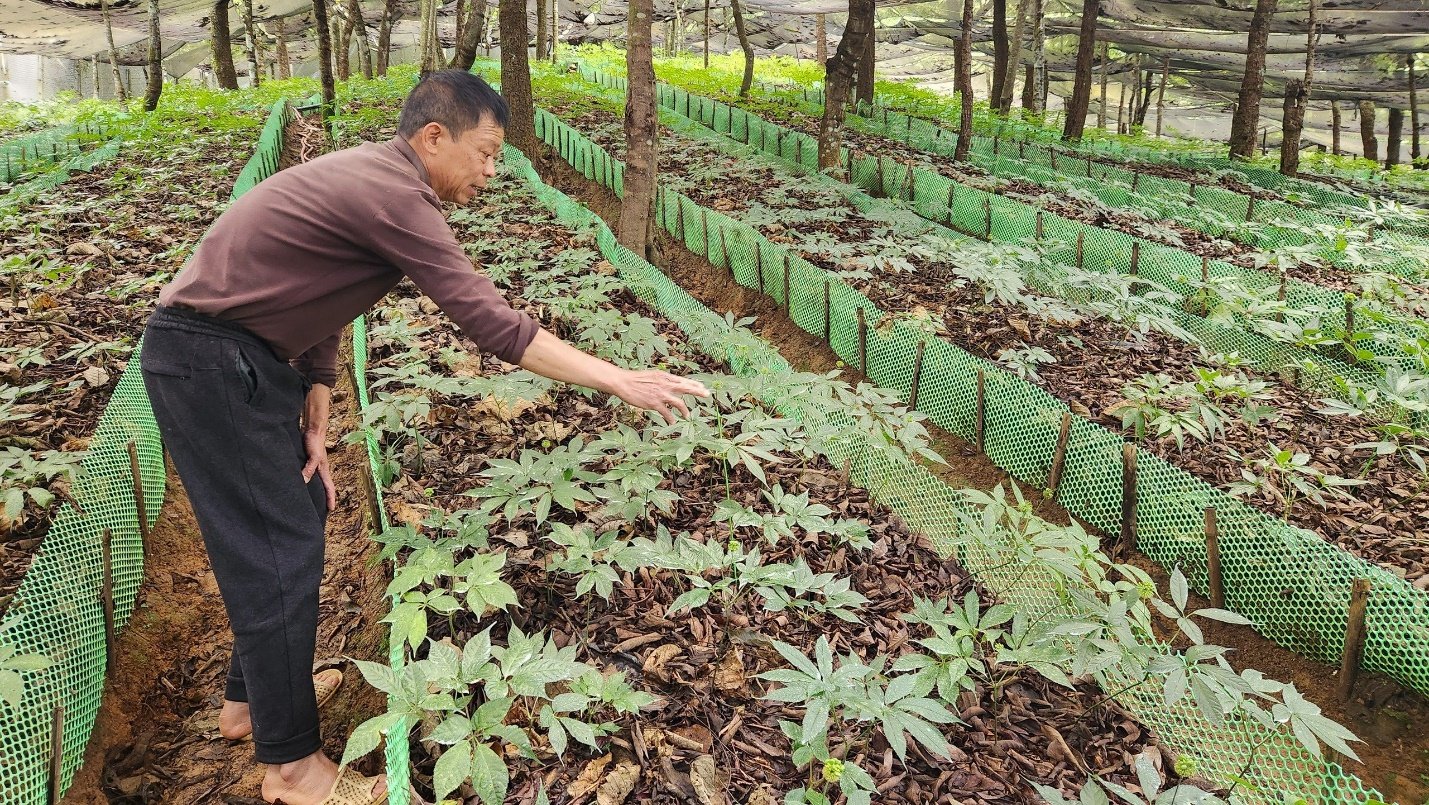
Ginseng growing area located deep in the old forest of Sin Chai - Lai Chau
To realize the potential, in recent times Lai Chau province has implemented many breakthrough mechanisms and policies to support the development of raw material areas and ginseng product value chains.
Lai Chau province has planned suitable growing areas in terms of climate and soil in Tam Duong, Muong Te, Sin Ho and Phong Tho. Through programs such as sustainable poverty reduction, new rural construction, agricultural and forestry extension, local authorities support seeds, techniques, automatic irrigation systems and on-site primary processing technology.
Lai Chau also strongly encourages the chain linkage model between "farmers - scientists - entrepreneurs": Enterprises invest capital, technology and consume products. People concentrate on organic production. Institutes and research centers support the evaluation of medicinal properties, research on varieties and build quality standards.
In particular, the province has proposed a pilot mechanism of "renting forest environment to grow medicinal herbs under the forest canopy" with a scale of over 3,000 hectares. This is considered a step to create a clear legal corridor, helping businesses and people feel secure in long-term investment, while contributing to forest protection and sustainable ecological development.
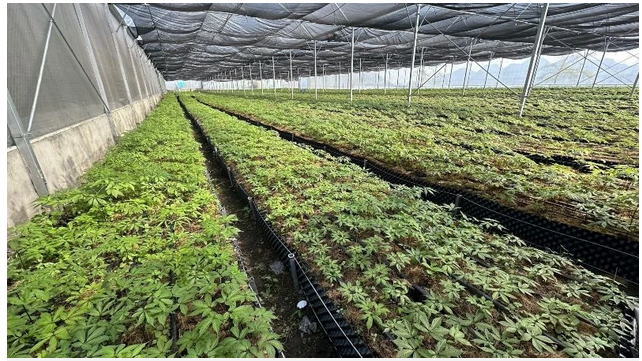
Precious ginseng helps Lai Chau people escape poverty
Exploiting dual value: ginseng production combined with ecotourism
Not only stopping at growing and selling products, many cooperatives and businesses in Lai Chau have begun to exploit a promising direction: combining ginseng production with developing eco-tourism and experiences.
Visitors can visit ginseng growing areas deep in the forest, learn about the production process, directly harvest ginseng, soak it in wine or process the product on the spot.
Some typical models such as the Cooperative for Conservation and Development of Mountain Ginseng in Sin Chai village (Tam Duong), Thai Minh High-Tech Agriculture Joint Stock Company in Sa De Phin commune (Sin Ho)... have invested in infrastructure to welcome guests, combined with promoting indigenous culture and raising awareness of forest protection.
Thanks to the "2 in 1" model - both production and tourism - the value of ginseng far exceeds the value of raw materials, becoming a product with cultural and ecological values typical of the Northwest.
From a wild plant, Lai Chau ginseng has now become a "rich" plant for many ethnic minority households. The price of fresh ginseng ranges from 2-5 million VND/kg, even some 5-year-old ginseng costs over 10 million VND/kg. Many households in Sin Ho, Muong Te and Tam Duong have built new houses, have stable incomes and send their children to school thanks to ginseng.
According to the People's Committee of Lai Chau province, the target by 2030 is that the area for growing ginseng and precious medicinal herbs will reach over 2,000 hectares, creating stable jobs for thousands of workers, especially ethnic minorities.
Source: https://suckhoedoisong.vn/vuon-len-lam-giau-tu-sam-lai-chau-16925112417040763.htm



![[Photo] Prime Minister Pham Minh Chinh chairs the 15th meeting of the Central Emulation and Reward Council](/_next/image?url=https%3A%2F%2Fvphoto.vietnam.vn%2Fthumb%2F1200x675%2Fvietnam%2Fresource%2FIMAGE%2F2025%2F11%2F27%2F1764245150205_dsc-1922-jpg.webp&w=3840&q=75)


![[Photo] President Luong Cuong attends the 50th Anniversary of Laos National Day](/_next/image?url=https%3A%2F%2Fvphoto.vietnam.vn%2Fthumb%2F1200x675%2Fvietnam%2Fresource%2FIMAGE%2F2025%2F11%2F27%2F1764225638930_ndo_br_1-jpg.webp&w=3840&q=75)

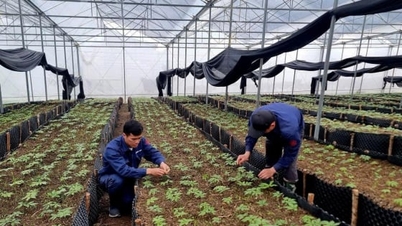






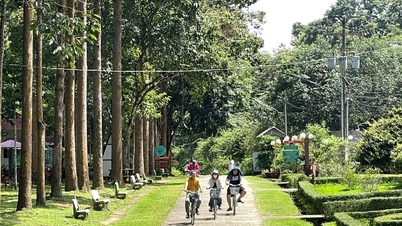
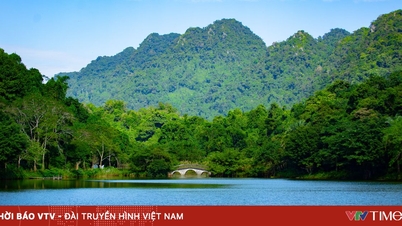







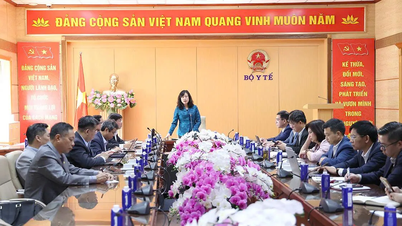






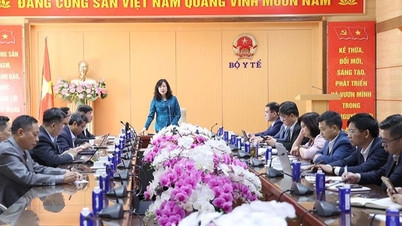
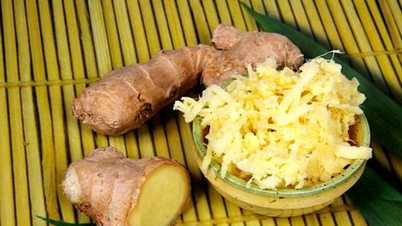


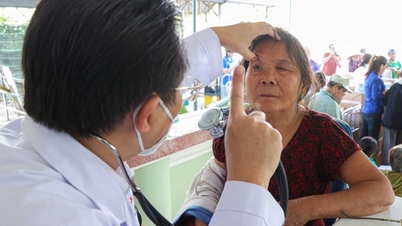
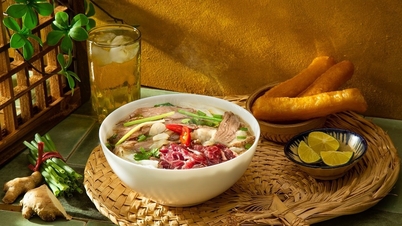





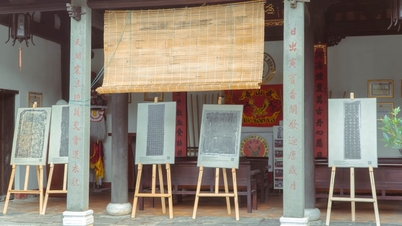
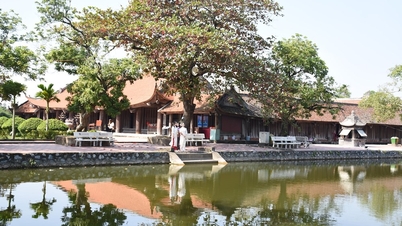











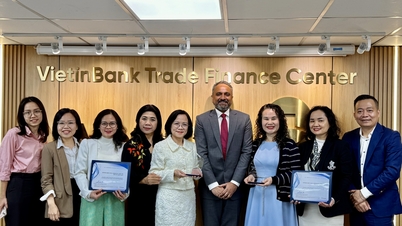




















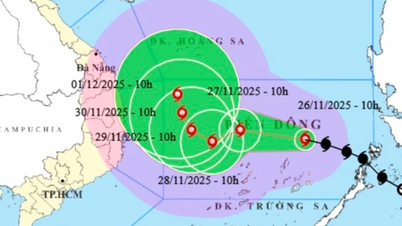


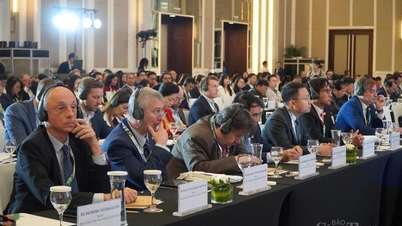






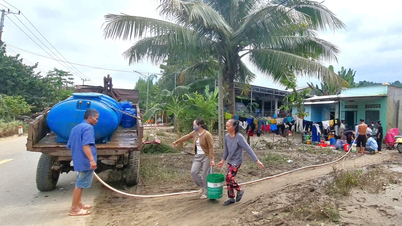






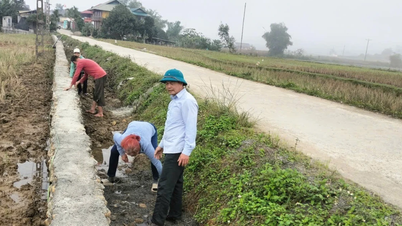










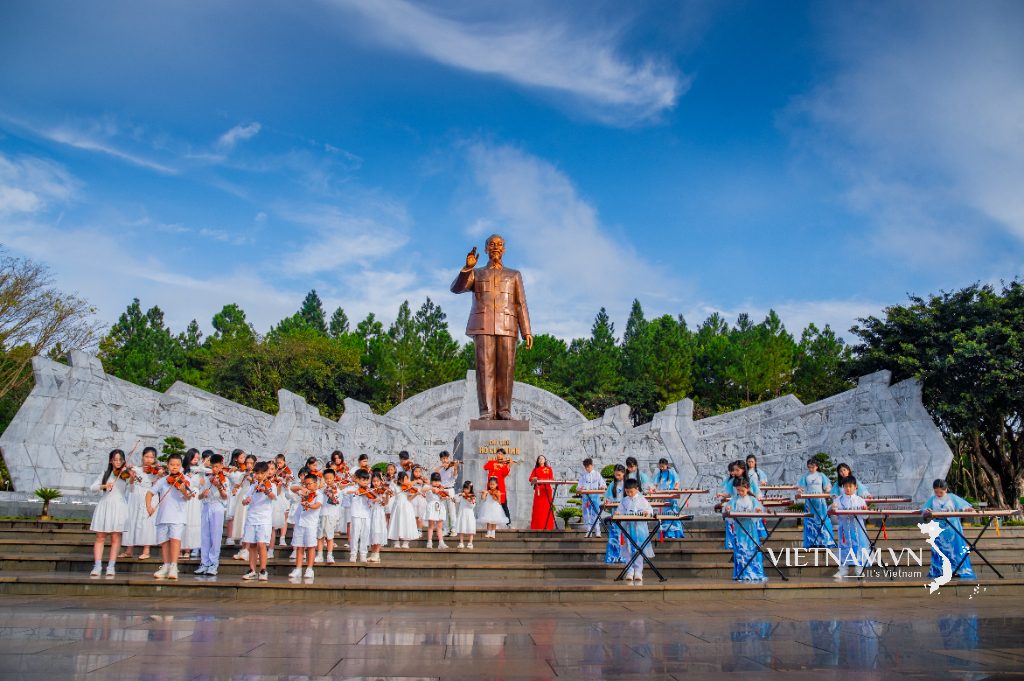

Comment (0)